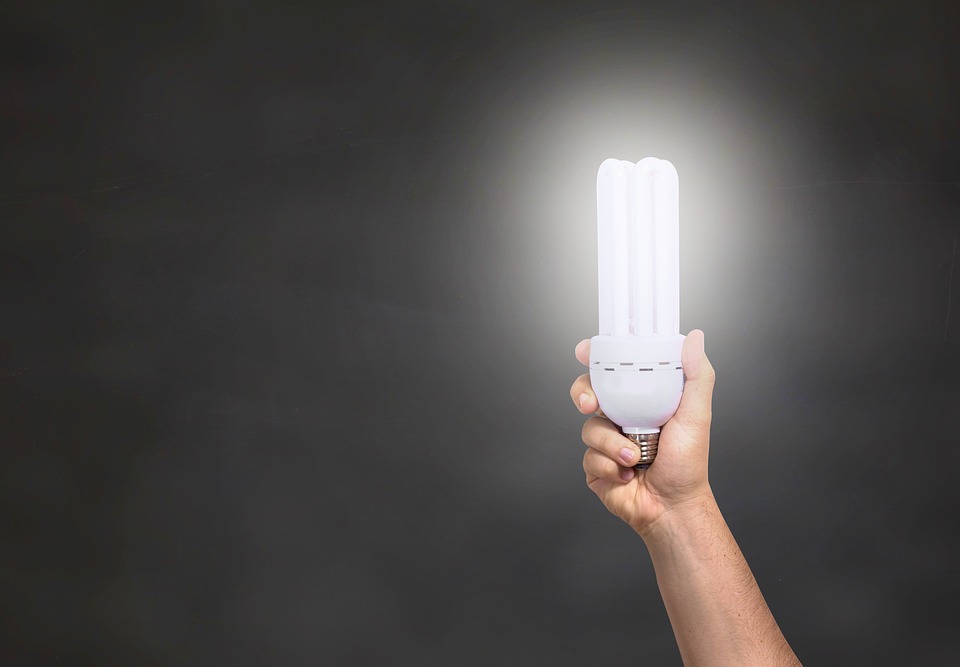Researchers at West Virginia University found that exposure to white light at night could impact recovery of cardiac patients and dimming the light can reduce the damages.
With the results published in Experimental Neurology, the research team, led by Randy Nelson, who chairs the Department of Neuroscience in the WVU School of Medicine, linked white light at night to inflammation, brain-cell death and higher mortality risk in cardiac patients.

(Image: Pixaby)
The researchers re-created cardiac arrest in animal models and divided the models into three groups that would spend their nights separately in dim red light, dim white light and the dark. After seven nights of this regimen, the researchers evaluated the health of the models’ brain cells and learned that spending night time in white light at night caused multiple poor outcomes.
Cardiac arrest was more likely to be lethal for models in the white-light-at-night group, whereas the mortality rate in the red-light-at-night group did not differ from the group that stayed in darkness. The study also found that exposure to white light at night correlated to greater cell death in the hippocampus—a part of the brain that’s key to memory formation—and more aggressive inflammation overall.
“When you see long-wavelength, blue light first thing in the morning, those long wavelengths set your circadian clock to precisely 24 hours. The problem is, if you see blue light at night—from your phones, TVs, computers and compact fluorescent lights—they’re disrupting your circadian system all night long. Those lights look white to us, but frankly, they’re mostly blue,” explained Nelson.
Laura Fonken, lead author on the study and an assistant professor at the University of Texas at Austin noted, “Our data suggest that a relatively simple shift—changing the light color from broad-spectrum white to a red hue—benefits outcomes in an animal model of cardiac arrest. If this also occurs in clinical populations, then it would be important because it would not require complicated clinical trials to implement for patients and could improve recovery from various other health events that require hospital stays.”
To that end, the researchers are exploring whether white light at night provokes a similar physiological response in people. For four nights in a row, they outfit one group of hospitalized cardiac patients in special “gaming glasses” with orange lenses that filter out the troublesome blue light. Wearing the glasses seems to bathe everything in warm, sunset tones. Another group of patients wears identically shaped glasses that have clear lenses, allowing the full spectrum of white light—including blue tones—to pass through.

(WVU neuroscientists are studying whether wearing glasses with orange lenses at night can improve outcomes in cardiac patients;
image: WVU)
“The cool thing from our perspective is, we believe these longer-wavelength lights won’t have that detrimental effect, and people will recover faster,” Nelson said. If studies bear out the researchers’ hunch, gaming glasses may be an affordable, practical option for preserving brain function, reducing inflammation and lowering the risk of death in cardiac patients.





 CN
TW
EN
CN
TW
EN







